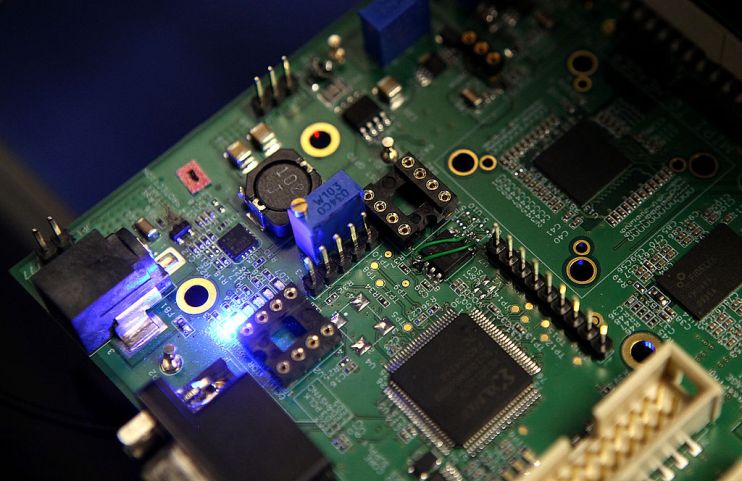Applied Materials shares surge 12 per cent on bullish revenue forecast amid AI craze

Applied Materials, a leading supplier of semiconductor equipment, witnessed a remarkable surge in its shares by more than 12% during after-hours trading on Thursday.
This surge followed the company’s optimistic forecast for second-quarter revenue, which surpassed the expectations of Wall Street analysts. The positive projection is attributed to the resurgence of the personal computer market and the thriving artificial intelligence sector.
In its first-quarter report, Applied Materials disclosed revenue of $6.71 billion, surpassing market estimates. Notably, sales in China contributed significantly, accounting for 45% of total revenue, a substantial increase from 17% in the previous year.
“DRAM equipment revenues in the quarter were more than 46% above prior cycle highs; our view is that reflects peak DRAM, plus China timing benefit, plus small HBM contribution. We continue to view elevated China exposure and peak DRAM as a risk, but we have been wrong about that so far,” said Joseph Moore, Equity Analyst at Morgan Stanley.
DRAM, an acronym for Dynamic Random Access Memory, serves as a vital component within computers. It enables processors to rapidly store and access the information required to perform billions of calculations every second.
For the second quarter, Applied Materials anticipates revenue of approximately $6.5 billion, surpassing analysts’ average estimate. The company also expects adjusted profit per share to range between $1.79 and $2.15, exceeding analysts’ predictions.
The optimistic outlook drove Applied Materials’ shares to surge by over 12% during after-hours trading, reaching $210.35.
In the January quarter, the company reported an increase in adjusted earnings to $2.13 per share from $2.03 per share in the previous year.
Net income, inclusive of special items, rose to $2.02 billion, equivalent to $2.41 per share, compared to $1.72 billion or $2.02 per share in the corresponding period last year. Additionally, the company’s gross margin improved to 47.8% from 46.7% a year earlier.